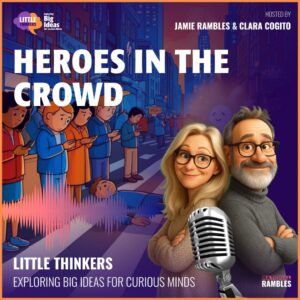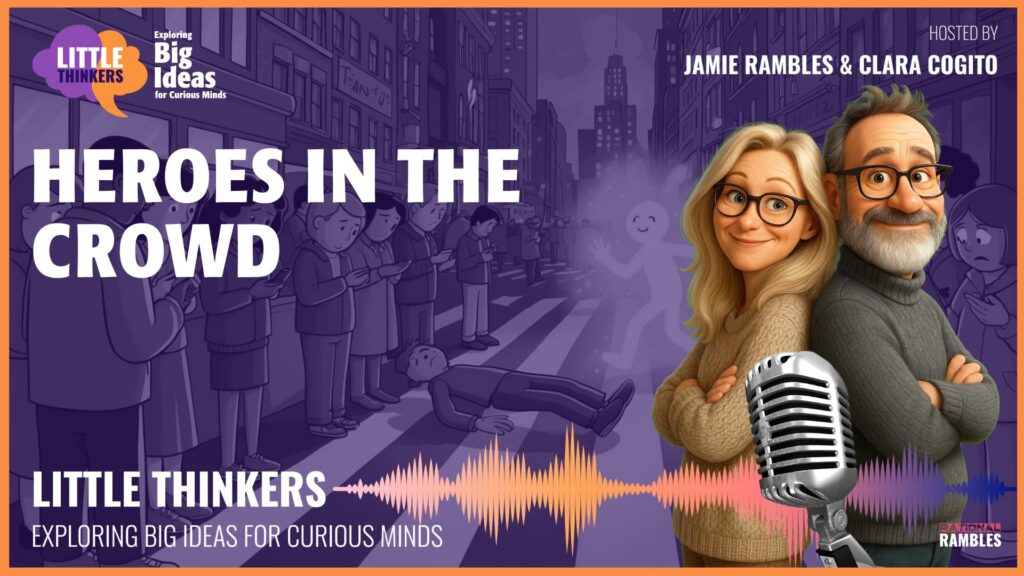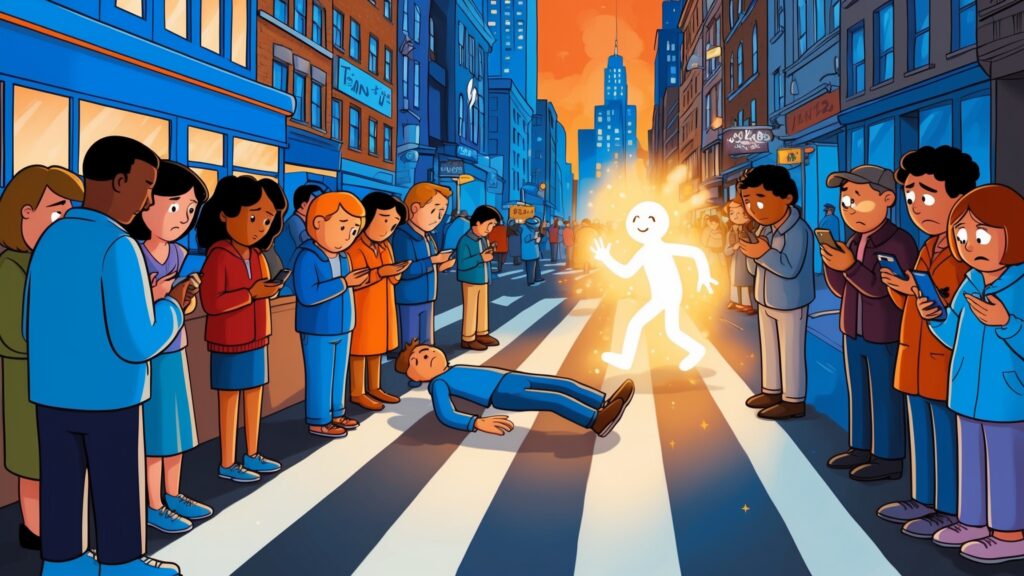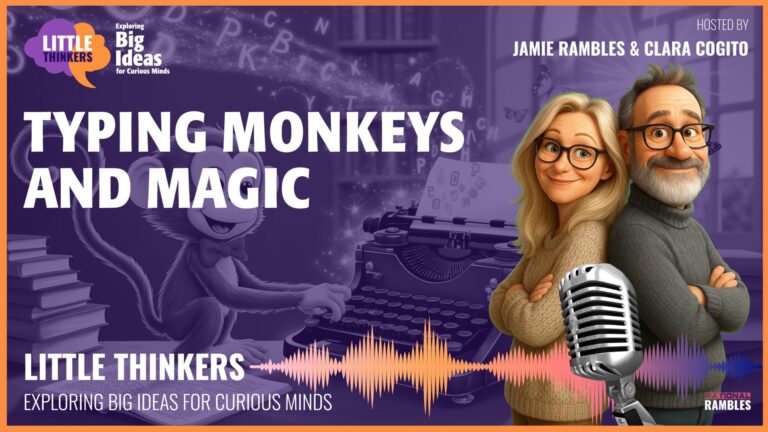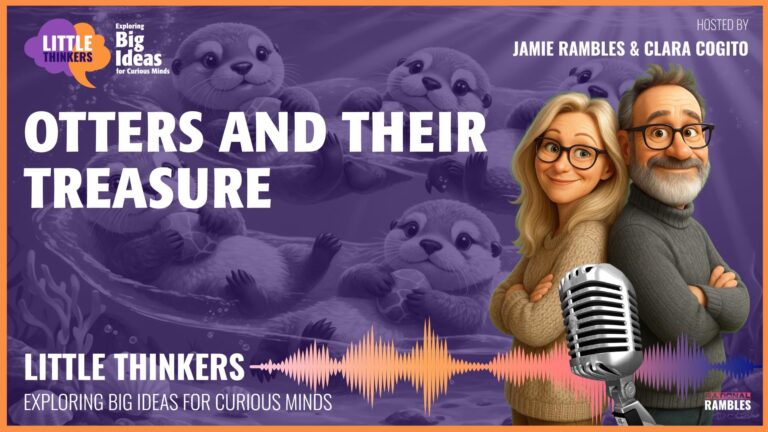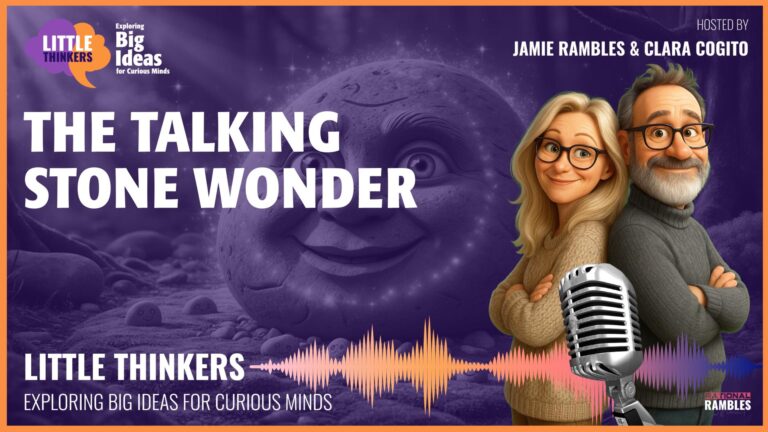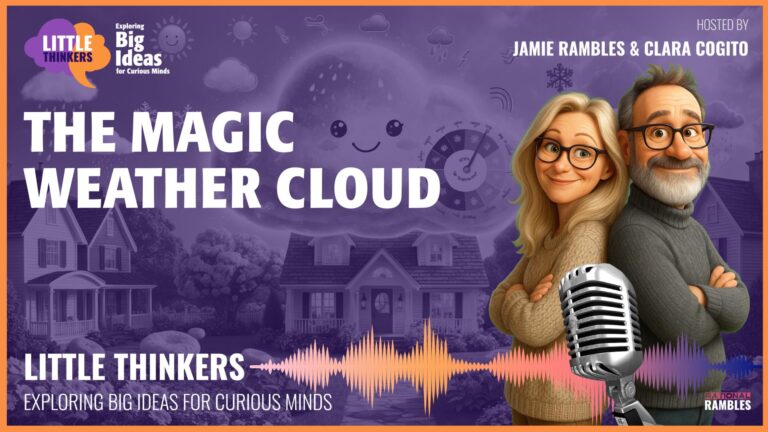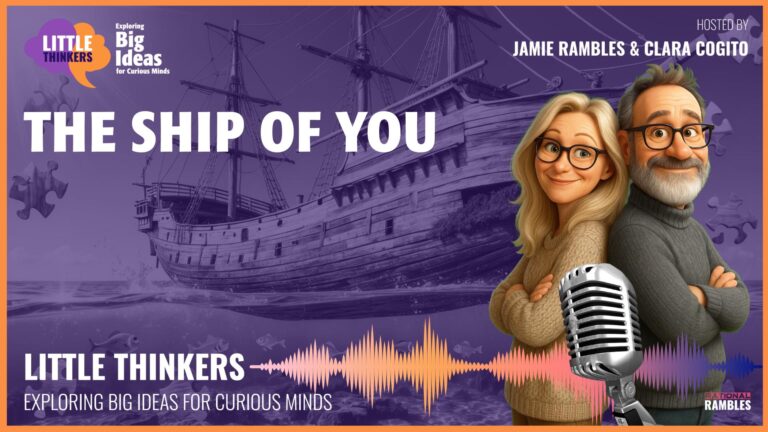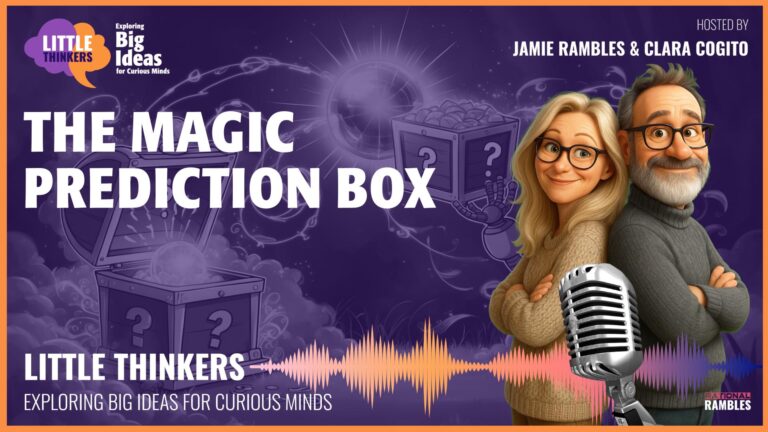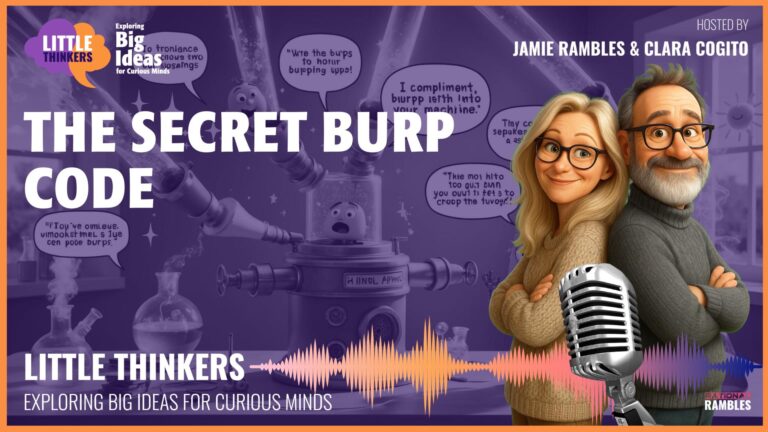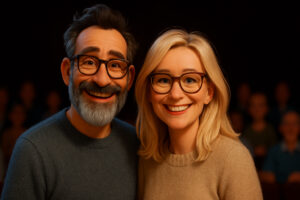Be a Superhero in the Crowd: Why People Sometimes Don’t Help!
Have You Ever Wondered…
Have you ever seen someone drop all their crayons in the classroom, but nobody helped pick them up? Or maybe you noticed a kid fall off a swing at the playground, and all the grown-ups just stood around looking at each other? Something super strange happens sometimes when lots of people are watching someone who needs help – nobody helps at all! Isn’t that weird?
This mysterious “freezing spell” that makes people not help when they’re in groups has a special name. Scientists call it the bystander effect (that means when people just “stand by” and watch instead of helping).
The Magical Freezing Spell
Imagine you’re eating your favorite ice cream at the park. Suddenly, you see a little kid drop their ice cream cone. It splats on the ground – oh no! If you were the only one there, you’d probably help, right? Maybe you’d offer a napkin or even share some of your ice cream if you had enough.
But what if there were TEN other kids all standing around watching? Something funny might happen in your brain. You might think, “Someone else will probably help” or “Maybe I should wait to see what everyone else does first.” Before you know it, everyone is thinking the same thing, and nobody helps at all!
Ice Cream Experiment!
Scientists did an amazing experiment about helping. They found that when someone is alone and sees a person who needs help, they help about 70% of the time. That’s like 7 out of 10 people becoming helpers!
But here’s the WEIRD part! When people are in a group watching the same problem, only 4 out of 10 people help. That’s only 40%! It’s like being in a crowd turns off some people’s superhero powers!
Why Does This Happen? The Mystery Explained!
There are a few super interesting reasons why our brains go a bit funny when we’re in crowds:
Reason #1: Monkey See, Monkey Do
We look at what others are doing before deciding what to do ourselves. If nobody else seems worried or is helping, we think maybe it’s not really an emergency at all!
For example, if you see someone sleeping on a bench in the park, and nobody around them seems worried, you might think, “Oh, they’re just taking a nap!” But what if they actually needed help? Sometimes we need to check even when others aren’t!
Reason #2: The Scary Audience Feeling
Remember how your tummy feels all twisty and nervous before performing in a school play? That’s because you know EVERYONE is watching you! Scientists call this feeling “audience inhibition” (in-hi-bish-un) – a big phrase that just means we get shy and nervous when people are watching us.
When there’s an emergency and lots of people around, we might worry:
- What if I do the wrong thing and everyone sees me mess up?
- What if it’s not really an emergency and I look silly?
- What if someone else knows better how to help than me?
Reason #3: The “Someone Else Will Do It” Trick
The more people watching, the more we think, “Someone else will probably help!” It’s like when nobody volunteers to erase the chalkboard in class because everyone thinks someone else will do it.
But what if EVERYONE thinks that? Then nobody helps at all! It’s like a room full of superheroes all waiting for someone else to save the day!
Breaking the Freezing Spell: How to Be a Super-Helper!
Don’t worry! There are amazing ways to break this freezing spell and be a helper even when others aren’t. Here are your superhero training tips:
Tip #1: Be the FIRST Helper!
The most powerful way to break the bystander effect is to be the first person to help! Scientists have discovered something incredible – when one brave person starts helping, suddenly LOTS of other people start helping too! It’s like you break the freezing spell for everyone!
Imagine you see a classmate who dropped all their books in the hallway. Even if other kids are just walking by, YOU can be the one who stops and says, “Let me help you pick those up!” Often, once you start helping, other kids will join in too!
Tip #2: The Special Helper Trick
If YOU ever need help, don’t just yell “Help!” into a crowd. That doesn’t work very well because everyone will think someone else will help. Instead, look right at ONE person and give them a specific job!
For example:
- “You in the red shirt, please help me!”
- “You with the glasses, please tell the teacher!”
- “You with the blue backpack, can you get a band-aid?”
This is like being the director of a helping movie! When you pick someone specifically and tell them exactly what to do, they’re much more likely to help.
Tip #3: Safety First, Always!
Sometimes helping might seem scary or dangerous – like if someone falls off their bike in the middle of a busy street. Remember that safety ALWAYS comes first! If helping might put you in danger, the best way to help is to get a grown-up you trust.
Being a good helper also means knowing when to get extra help. That’s being smart AND brave at the same time!
Small Helping Actions Make a Big Difference
You don’t have to save someone from a burning building to be a superhero! Even small helping actions can break the bystander effect and make the world a better place:
- Picking up something someone dropped
- Sharing a snack with someone who forgot theirs
- Asking “Are you okay?” when someone looks sad
- Holding a door open for someone carrying lots of things
- Telling a teacher when you see someone being bullied
Real-Life Kid Heroes!
Did you know that kids are often better at breaking the bystander effect than grown-ups? It’s true! Kids sometimes see things more clearly and act more quickly to help others.
For example, a 9-year-old named Miguel noticed a little kid who couldn’t reach the water fountain at the park. Even though there were grown-ups around, nobody was helping. So Miguel found a step stool and helped the smaller child get a drink. That’s breaking the bystander effect like a true superhero!
Try This: Bystander Effect Detective Game!
Want to understand the bystander effect better? Try being a detective and watching for it! Next time you’re at school, the park, or a busy place with your family, keep your eyes open for:
- Someone who needs a small help (like picking up dropped items)
- How many people are around watching
- Whether anyone stops to help
- If one person helps, do others start helping too?
Remember, don’t watch for too long without helping yourself! This detective game is just to notice the pattern before YOU become the helper who breaks the spell!
Your Superhero Powers Work in Any Crowd!
The next time you see someone who needs help, remember that YOU have the power to be a first helper! Don’t let the bystander effect trick you into thinking “someone else will do it.” Your kind heart and helping hands are super powerful, even when you’re in a big crowd!
And the most amazing part? When you help first, you’re not just helping the person in need – you’re helping everyone else remember their helping powers too! One brave action can create a whole chain reaction of kindness!
So what kind of superhero will YOU be today?
